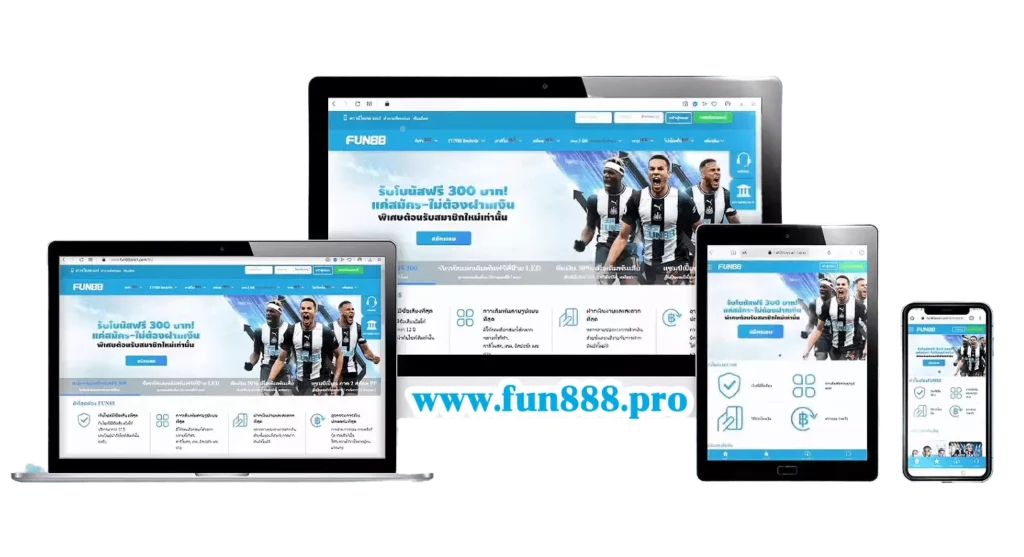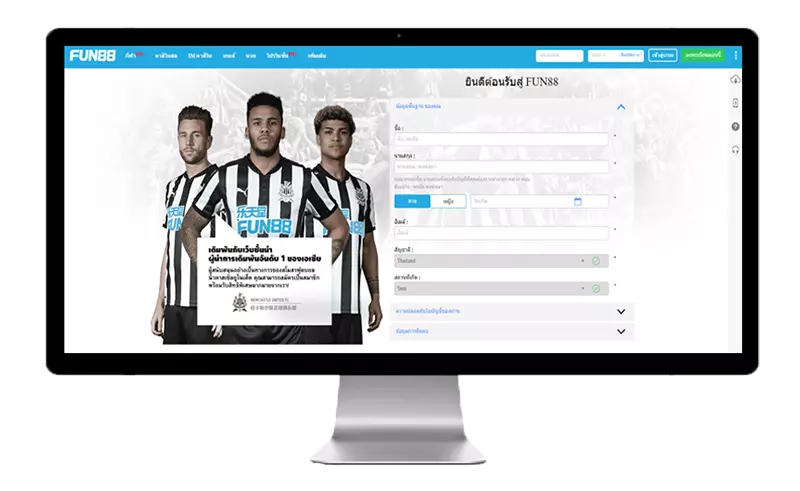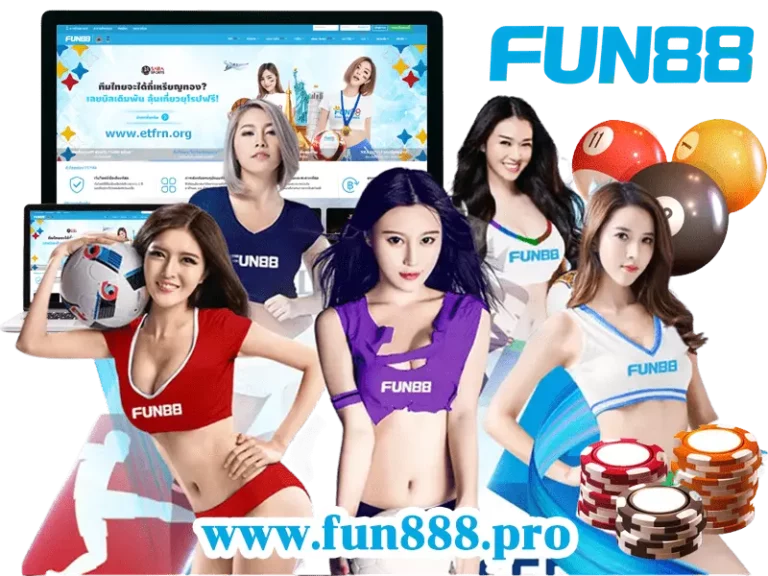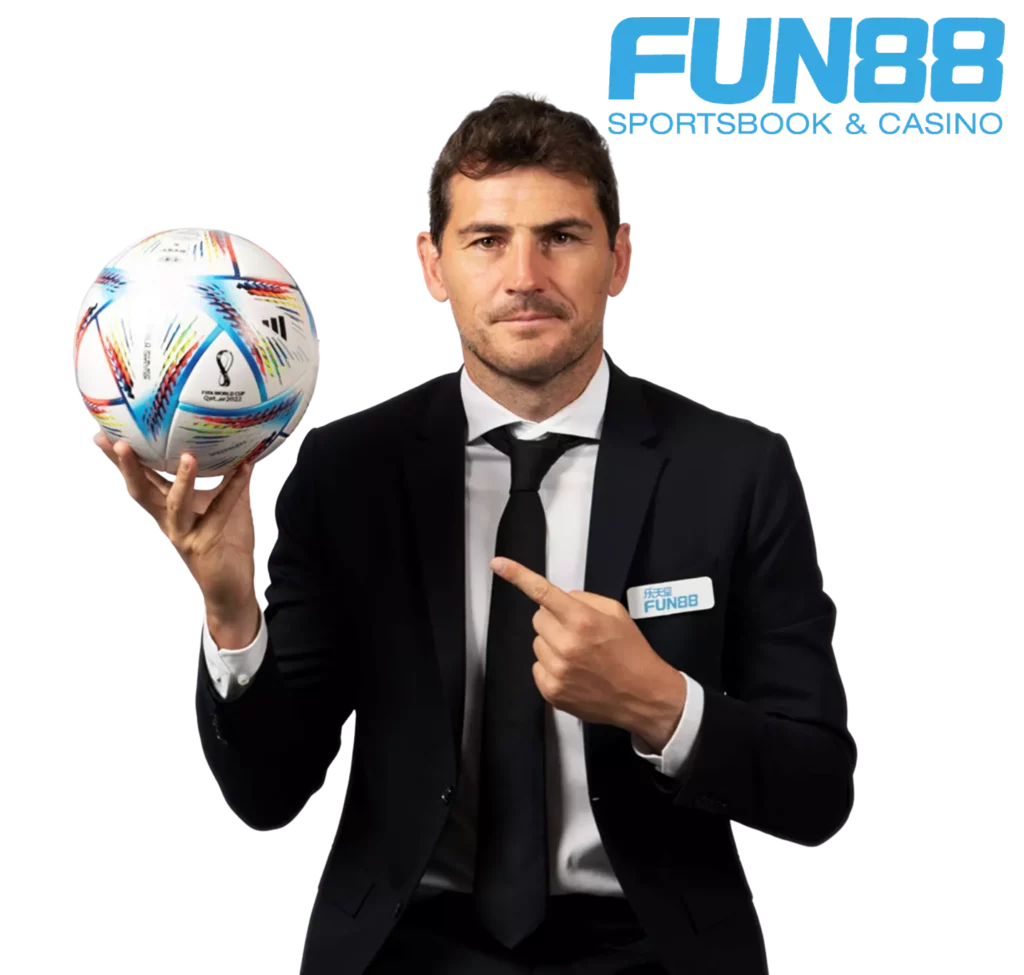FUN88 ทางเข้า ล่าสุด 2024 FUN888 เว็บตรง
ยินดีต้อนรับเข้าสู่ Fun888! นำเสนอทางเข้าเว็บตรงจากคาสิโนออนไลน์ Fun88 ที่มาในรูปแบบใหม่ล่าสุดสำหรับคุณ! ที่นี่เรามีทุกอย่างที่คุณต้องการ ไม่ว่าจะเป็นการพนันกีฬา, E-Sports, คาสิโนออนไลน์, ลอตเตอรี, เกมสล็อต และอื่น ๆ ที่จะทำให้คุณตื่นเต้นไม่หยุด! และไม่เพียงเท่านั้น เรายังมาพร้อมกับโปรโมชั่นที่ทุกคนต้องตะลึง! การฝากถอนระบบออโต้รวดเร็วและปลอดภัย ส่วนทีมบริการลูกค้าเราพร้อมสนับสนุนคุณอย่างเต็มที่ในทุกเรื่องราว ด้วยการรับรองจาก Philippine Gaming and Entertainment Corporation คุณสามารถมั่นใจได้ว่าทุกการเดิมพันของคุณมีความถูกต้องและเป็นธรรม
อย่ารอช้า! มาสนุกสนานกับ Fun88 ฝากครั้งแรก รับสูงสุด 338 บาท โปรล่าสุด แล้วพบกับประสบการณ์ใหม่ๆ ที่เรามีเสนอ สำหรับคนรักการพนันทุกคนในประเทศไทย ณ ตอนนี้!
ทางเข้าล่าสุด สมัครสมาชิก
ทางเข้า FUN88 ล่าสุด มือถือ และ PC ล่าสุด
ท่านที่มีความสนใจในการเข้าใช้งาน ฟัน88 ขอเสนอตนเองเป็นแหล่งเกมเดิมพันออนไลน์ที่มีความหลากหลายและสามารถตอบสนองต่อความต้องการของผู้เล่นทุกคนได้อย่างเต็มที่
การเข้าถึงเว็บไซต์ FUN88 ในปี 2024 สามารถทำได้ง่ายผ่านทาง PC ที่…
wwwfun88, Fun881211, Fun 88, Fun 888, Fin88, Fun88126, Sport788 และ Fun88asia 1
ทางเข้า มือถือ อัพเดทล่าสุด
m.fun317 , m.fun881211
สำหรับผู้ที่เคยใช้งานมาก่อนแล้ว ท่านสามารถเข้าสู่ระบบได้ตามปกติผ่าน…
Fun88.com, Fun888.com, Fun8888 และ m.fun88
นอกจากนี้ สำหรับผู้ที่ต้องการใช้งานผ่านมือถือหรือแท็บเล็ต เรายังมีระบบที่สามารถเข้าใช้งานได้ผ่านทาง ฟัน888, ฟัน8888, ฟัน88 และ Fan88 อีกด้วย
ความปลอดภัยในการใช้งานเป็นสิ่งสำคัญมาก เราขอแนะนำให้ท่านใช้ลิงค์ทางการเท่านั้นเมื่อต้องการเข้าถึงเว็บไซต์ FUN88 โปรดใช้บริการจาก ouisharefest.com ที่เป็นลิงค์ทางการจากบริษัทแม่ เพื่อป้องกันการถูกบล็อกหรือเป้าหมายจากการโจมตีทางไซเบอร์. ท่านจะถูกนำไปยังหน้าแรกของ fun88.com หรือเว็บไซต์ย่อยอื่นๆ เช่น Fun888, ฟัน888, Fan88, Fun788, Fun505, Fun317, Fun78, Fun8802,Fun555 และอื่นๆ อีกมากมาย
เรามั่นใจว่า.. จะให้ประสบการณ์ที่ยอดเยี่ยมและทันสมัยในการเดิมพันออนไลน์ ขอบคุณที่ให้ความไว้วางใจเรา
ทางเข้า FUN88 สำรอง 2024
เราได้เตรียมทางเข้าสำรอง 2024 ไว้สำหรับสมาชิกกรณีลิ้งหลัก Fun88 เข้าไม่ได้ ท่านสามารถใช้ลิ้งสำรองของเราในการล็อกอินเข้าสู่ระบบได้ทันที! หรือจะสมัครสมาชิกใหม่ก็สามารถทำได้ ทุกลิ้งทางเข้าคือเว็บตรง 100% ใช้ฐานข้อมูลเดียวกัน เราไม่มีระบบเอเย่นต์หรือตัวแทนใดๆ
